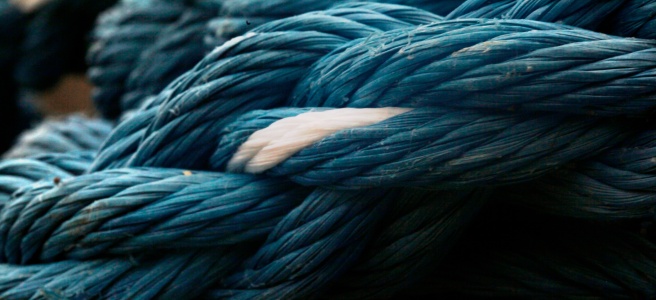Hi All…
Again, not dead. I have been writing a lot, but just not posting here. However, I thought it might be a good time to share a story with you that makes me feel, at once, free for telling it, and incredibly vulnerable. So, here goes…
My mother did not technically commit suicide, but she did decide when it was time for her to die. In the span of ten years, she had lost both of her parents, her husband, and her son. And then she lost control of herself, as alcoholism and depression consumed her life. It became undeniably clear that it was the beginning of the end for my mother when she stopped eating and started taking on massive quantities of fluid in her mid-section. Ironically, my stomach was growing too at the time because I was about six months pregnant with my first child. Our synchronized, expanding bellies indicated that I was losing my mom on the brink of becoming one myself.
When her liver finally gave out, and her body started shutting down, the doctors pumped her full of medications to prolong her life. Due to the extreme cirrhosis, her mental clarity became punctuated by moments of confusion during which she would organize whatever items lay in front of her in varying, illogical patterns. She would also routinely mistake certain objects for others. Once we found her trying to light a cigarette with the remote control.
The last time I spoke to my mother I had just popped into the hospital for a short visit. This is when I learned that without consulting anyone in her family, my mother had instructed the doctor to cease all the medication that was keeping her body functioning. She wanted them to focus solely on comfort and pain management until she faded away.
For most of this visit she babbled incoherently. But as I was preparing to leave, she took my hand in hers, and placed her other hand on my growing stomach. She looked at me with an odd clarity in her eyes and she said, “I love you, and I love this little girl”.
I was almost nine months pregnant when my mother finally passed away. Why she chose to stop her medications and die that close to my due date is beyond me. Initially I believed it was because she was selfish. The same selfishness that allowed her to consume copious amounts of alcohol until her insides corroded inspired her to pass away at the moment I needed her most. Could she not have suffered through another few months of life to welcome her granddaughter into the world?
But with some time, and some perspective, I have chosen to believe that she actually did it for me, and for my daughter. I believe that she didn’t want to interrupt the timid and precious emerging bond of mother and newborn with her own tragic and fading existence.
And the truth is, I was relieved that I did not have to share the birth of my child with the impending death of my drug addled, physically dependent and mentally unsound mother. I think that somehow mom knew that stopping her medication, when I was nine months pregnant, was the best gift she could have given me. I believe that for my mother, dying was a final act of love.
I choose this perspective, not for her, but for my own sake. It is important to honor the dead by remembering the best about them, But it is equally, if not more important, to honor our continued existences on this planet by choosing to view our experiences with death, and life, as rich, meaningful and ultimately good.
And is this not true of most every circumstance we face in our lives? In The Alchemist, by Paulo Coelho, the protagonist is robbed of most all his belonging and finds himself in a foreign land, penniless and alone. Faced with the harsh reality of his circumstances, he decides that he has the power to determine his own truth. He realizes that, “he [has] to choose between thinking of himself as the poor victim of a thief and as an adventurer in quest of his treasure”. In choosing the latter, the hero strengthens his will and dedicates himself to the continued pursuit of his lifelong dream.
My circumstances with regard to my mother’s death are not so different. I can choose to think of myself as a daughter who was brushed aside and abandoned in favor of addiction and release from suffering. But I can also decide to think of myself as a daughter for whom great sacrifices in love, life and death were made. I choose the latter.




